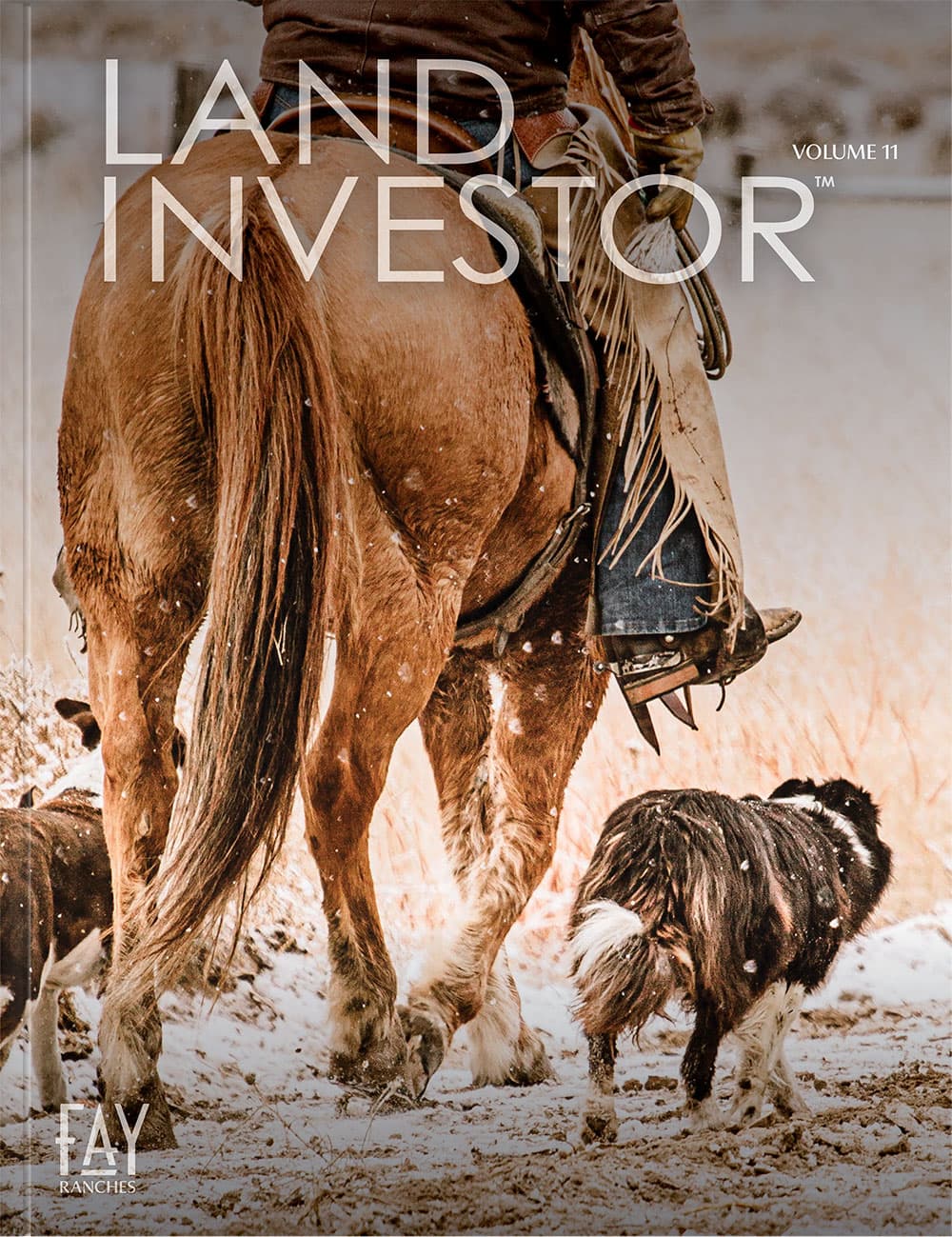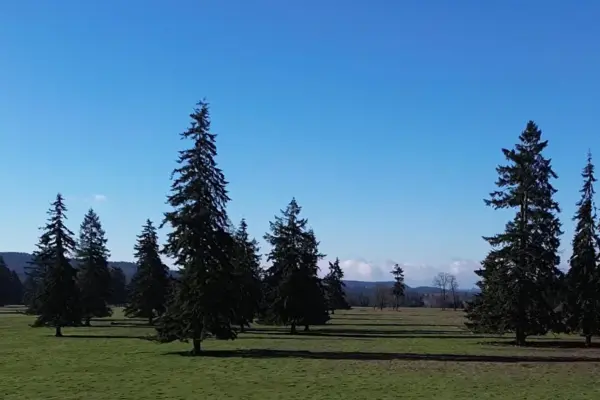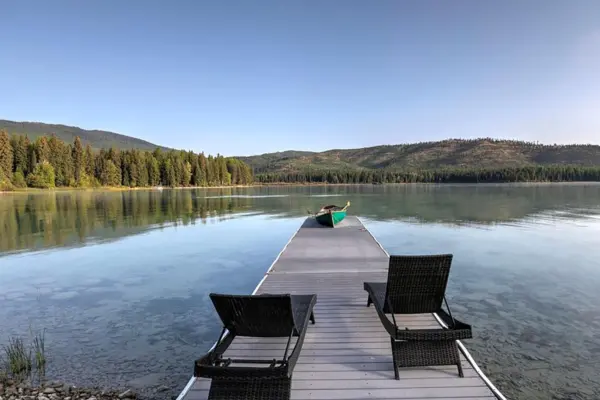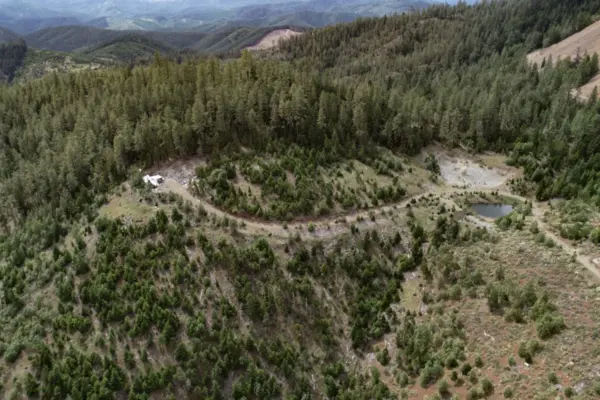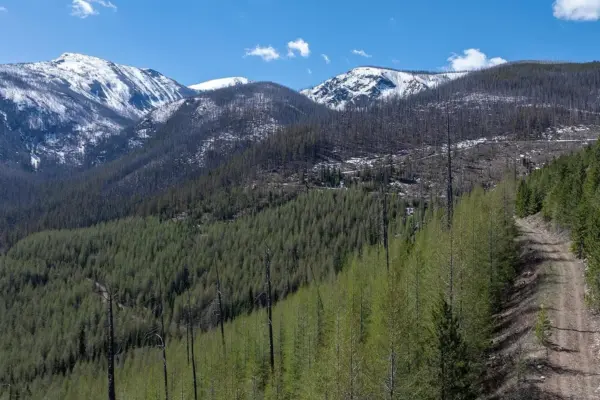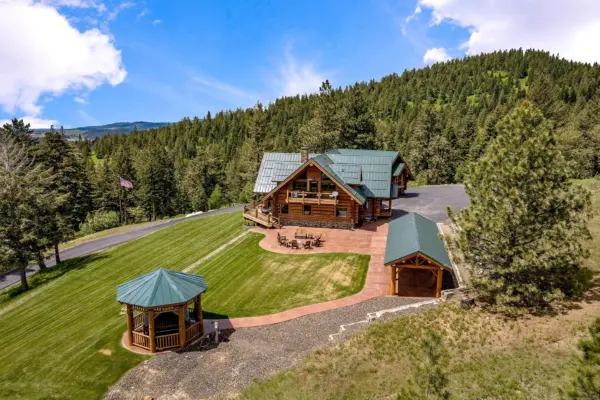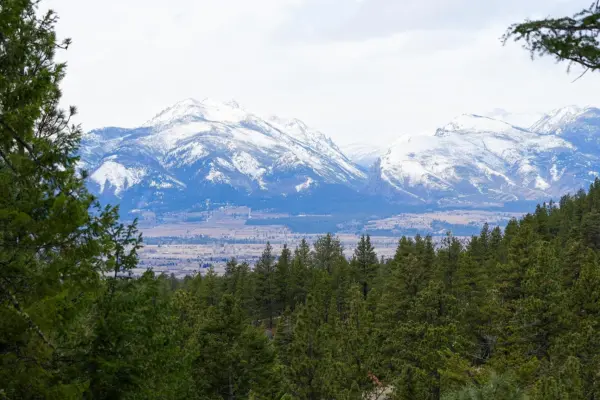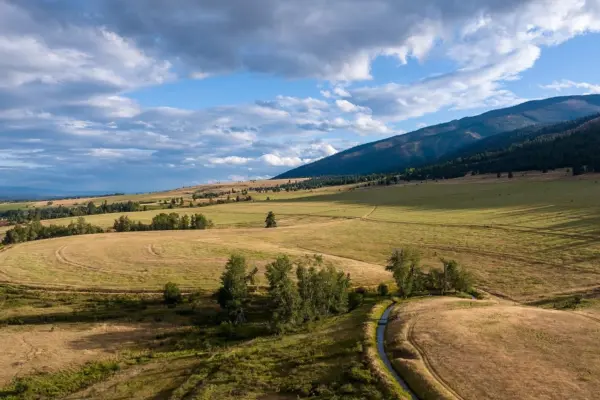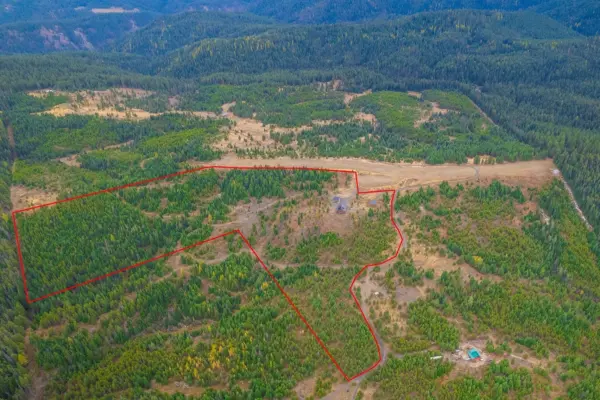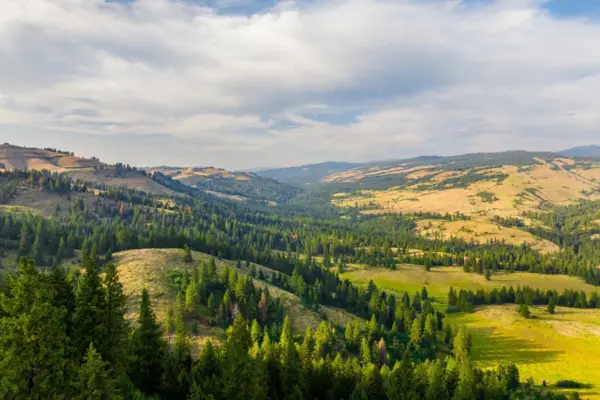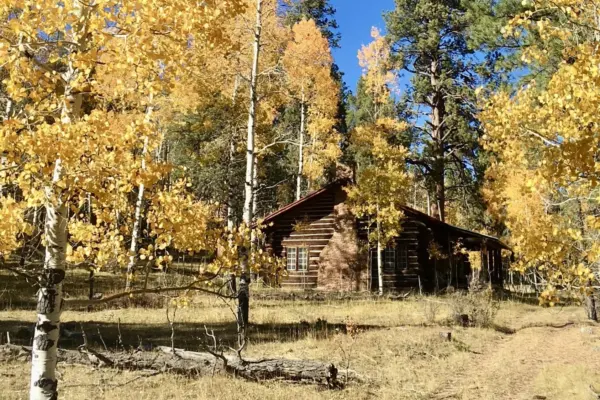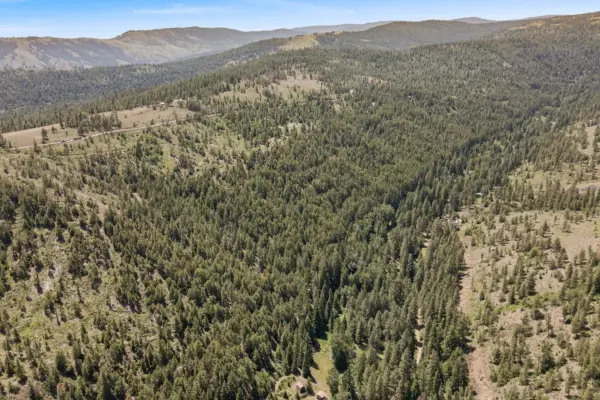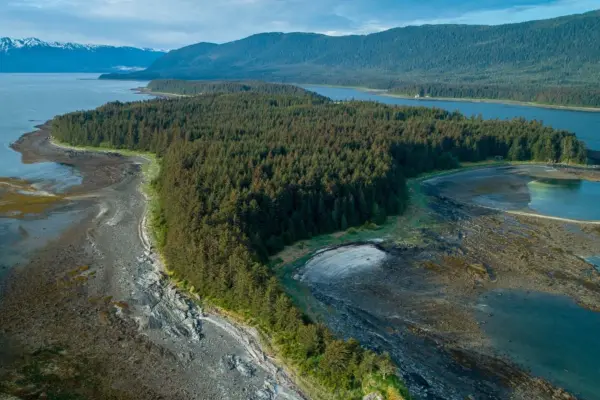STUMPAGE SALES
Stumpage sales have been effectively used by timber sellers over the last 30-plus years. In a stumpage sale, sellers identify a stand either by legal description (or shapefile), or stand ID, depending on how inventory is managed. A seller of stumpage will then reach out to a known list of qualified buyers and present the opportunity in a notice of sale. On occasion, if a stumpage seller is feeling bullish and market conditions favor the seller, they might advertise the sale publicly in hopes of gaining new bidders and/or increased competition for the logs. In stumpage, sale bidders are asked to make what is typically a lump sum bid on the standing trees, and the bidder assumes all costs and risks in harvesting and marketing the logs. Bidders are normally expected to conduct their own timber cruise and appraisals and, in reality, they bid at their own risk. If a buyer overestimates the volume of the standing timber, or bids and acquires it just before the market takes a dive, a bidder can lose money. In this instance, most sellers are not terribly sympathetic, given that the inverse can provide better returns to the bidder. Generally speaking, sellers in this type of sales process are all generally credible, quality sellers, but on occasion, buyers can be caught up in scam sales, or a seller may present false or misleading inventory data. Almost without exception, sellers in stumpage sales where bidding is required will disclaim any defects in the data, the process, or the markets, and the bidder assumes one hundred percent of the risk and liability. These risks can often include permitting, access, and post-harvest regulatory obligations such as erosion control, RMAP, resurfacing of roads, and more. When making the decision to sell timber, sellers often will do a log and haul cost analysis and compare it to what they feel might happen in a bidding environment. If the seller’s conclusion is that bidding will result in more net income than if they were to contract to log themselves, the bid process is where they will focus.
DIRECT LOG SALES
In some cases, timber sellers will contact local mills or log buyers and get pricing directly from them for various log species and grades delivered to their yard or specified location. In this case, it is the responsibility of the timber owner to deliver the logs to the yard, or another specified location. A timber seller can do this by hiring a contract logger who either has log trucks or can outsource the hauling. Timber owners who choose this option would be expected to have some experience with this process and assume all risk for costs, permitting, and delivery. Timber sellers can see modestly higher values or returns by selling specific species, grades, or sorts to a log buyer who places premiums on this type of log. The inverse can occur if the logger does not deliver logs to spec, the log buyer often drastically discounts the non-spec logs or, in extreme cases, asks the timber seller to transport them to a different location and log buyer. The timber seller owns the logs until they are delivered and accepted by the log buyer.
